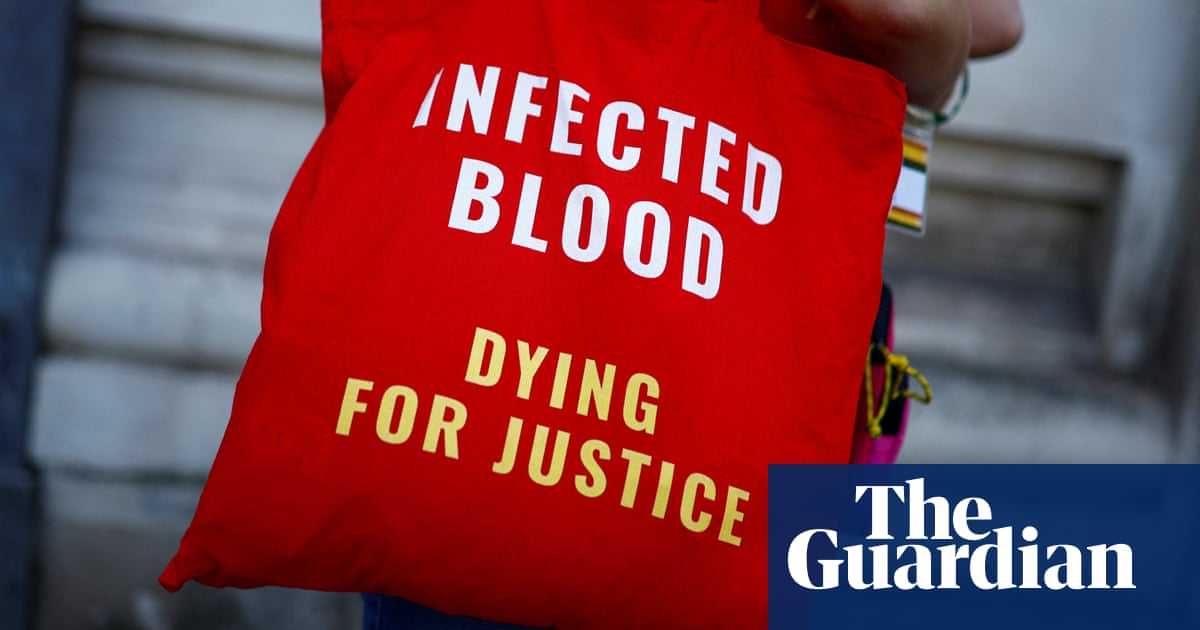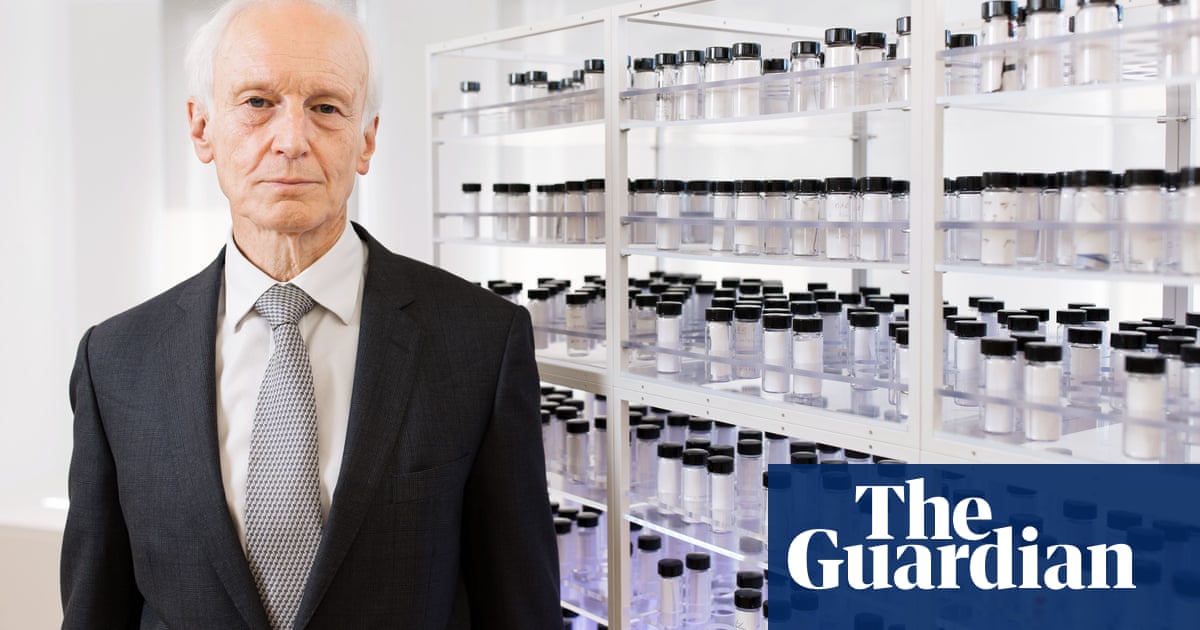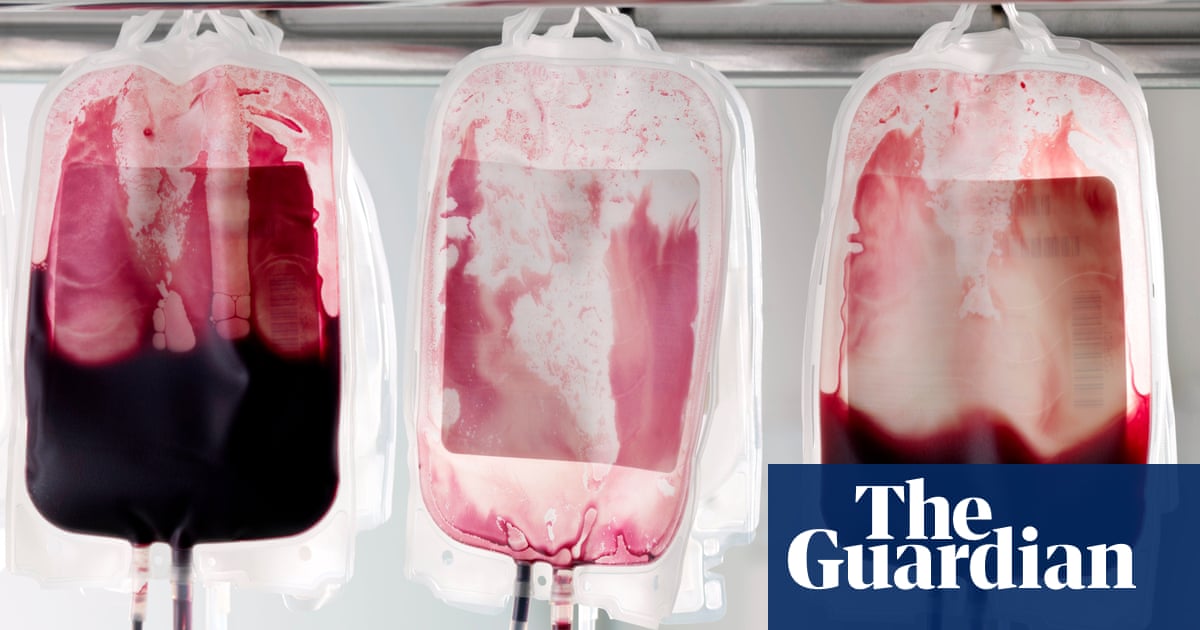
The infected blood inquiry is due to conclude almost seven years after it was first announced.
But what is the infected blood scandal?
What happened?
Tens of thousands of people in the UK were infected with HIV and/or hepatitis after they were given contaminated blood and blood products between the 1970s and early 1990s.
These include people who needed blood transfusions for accidents, in surgery or during childbirth, and patients with certain blood disorders who were treated with donated blood plasma or blood transfusions.
What were the consequences?
It has been estimated that one person dies as a result of infected blood every four days.
More than 3,000 people have died and others have been left with lifelong health complications.
Who was affected?
There are two main groups of victims – people who needed blood transfusions and people with bleeding disorders who needed blood, or blood products, as part of their treatment.
People need blood transfusions for a wide variety of reasons including routine surgery, as a result of childbirth or if they have been in an accident or had an injury where they have lost a lot of blood.
Many victims had bleeding disorders, particularly people with the condition haemophilia.
Haemophilia is an inherited disorder where the blood does not clot properly. Most people with the condition have a shortage of the protein that enables human blood to clot, known as Factor VIII.
In the 1970s, a new treatment was developed – factor concentrate – to replace the missing clotting agent, which was made from donated human blood plasma.
Manufacturers made the product by pooling plasma from tens of thousands of people – increasing the risk of the product containing blood infected with viruses including hepatitis and HIV.
People with haemophilia were treated with British and American blood products.
A shortage of UK-produced factor concentrate meant clinicians relied on imports from the US, where people in prisons were paid to be donors, despite being at higher risk of carrying infection.
Many patients welcomed this new treatment, which could be delivered by injection at home, as before its introduction patients required transfusions with plasma which had to be given in hospital.
What are the infections people contracted?
Blood-borne infections are viruses that are carried in the blood, such as hepatitis C and human immunodeficiency virus (HIV).
HIV is a virus that damages the cells in the body’s immune system and weakens the ability to fight everyday infections and disease. Aids (acquired immune deficiency syndrome) is the term used to describe a number of potentially life-threatening infections and illnesses that happen when the immune system has been severely damaged by the HIV virus.
Medical advances mean that most people who contract the virus now will live a long and healthy life and most people with HIV will not develop any Aids-related illnesses.
Hepatitis C is a virus that is passed on through blood-to-blood contact and infects the liver. Without treatment, it can cause serious damage to the liver.
It was first named in 1989, previously it was known as “non-A, non-B hepatitis”.
The disease is known as the “silent killer” as some people can live with the virus for many years before realising they are infected. But the delay in diagnosis can lead to irreparable liver damage.
The Hepatitis C Trust has urged anyone who had a blood transfusion before 1991 to get tested for the virus. At-home tests can be ordered via: hepctest.nhs.uk.
When was the inquiry announced?
The former prime minister Theresa May ordered the inquiry in July 2017 after years of campaigning by victims and their loved ones.
At the time 2,400 people had died as a result of the scandal, but the number is now estimated to have exceeded 3,000.
May said the scandal was an “appalling tragedy” that should never have happened.
She said thousands of patients expected “the world-class care our NHS is famous for, but they were failed”.
What has the inquiry looked at?
The terms of reference set out a number of issues for it to examine.
These include examining what happened and why; the impact on those affected; the response of the government and others; consent; communication and information sharing; the treatment, care and support people received; whether or not there was a cover-up and who was responsible.
As a result of these issues, it is likely that the inquiry chair will make a series of recommendations.
Sir Brian Langstaff heard evidence between 2019 and 2023; 374 people have given oral evidence, and the inquiry has received more than 5,000 witness statements and reviewed more than 100,000 documents.
What about compensation?
The government is working at pace to get an arms-length compensation body set up, having faced criticism in the past over the speed at which it responded to calls for action on compensation.
Interim compensation payments of £100,000 have been made to about 4,000 infected people or bereaved partners.
Ministers recently announced that these interim payments would be extended to the “estates of the deceased”.












